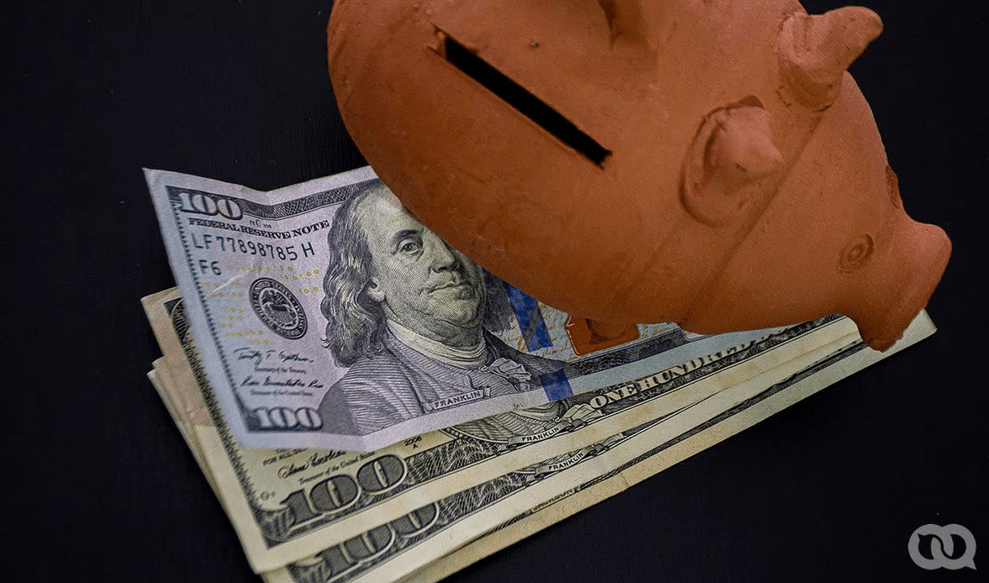
By Miguel Alejandro Hayes Martinez (El Toque)
HAVANA TIMES – The exchange rate never gets boring. Especially, the Informal Market Reference Rate published by the independent Cuban media elTOQUE, which is always the subject of attacks and conspiracies.
One of the main criticisms of the El Toque rate relates to the influence of the publication on the market. For example, can users who are well-acquainted with the rate’s algorithm use it to their advantage and artificially influence the foreign exchange market? Or put another way, can the seller of dollars set whatever price they want in the currency market?
The intuitive answer refers to the most basic foundation of economic science, supply, and demand.
Hence, it makes sense to believe that if the seller’s prices go too high and demand cannot or does not want to pay the price, then the market price will adjust to the maximum that the demand is willing to pay.
Violating the Law
But reality doesn’t always work this way, nor does theory. If increasing prices reduces demand such that suppliers are forced to lower prices again, it is because buyers prefer to reduce their acquisition in the face of new prices. In other words, they have the option to choose whether to purchase or not and choose not to do so until the price drops.
To understand a situation like the one above, economic theory studies how susceptible the quantity demanded is to price changes. This sensitivity is called the “elasticity” of demand.
Studies on demand elasticity illustrate how, even if the price of certain goods changes, the demand can decrease slightly, drastically, or remain the same. Therefore, these studies help understand the diversity of behaviors that can occur in the market.
One of the extreme cases is “inelastic goods,” which are essentials that do not have a substitute in consumers’ preferences. As a result, their prices can increase even though consumption does not decrease.
Examples vary by context but could include gasoline for consumers who need to buy a certain amount to go to work, having no choice but to pay for it.
The definition of an “inelastic good” leads to the question of whether the demand for the dollar in Cuba behaves like that of such a good. If the demand for the dollar in Cuba is inelastic, any price alteration in the currency caused by publicat


